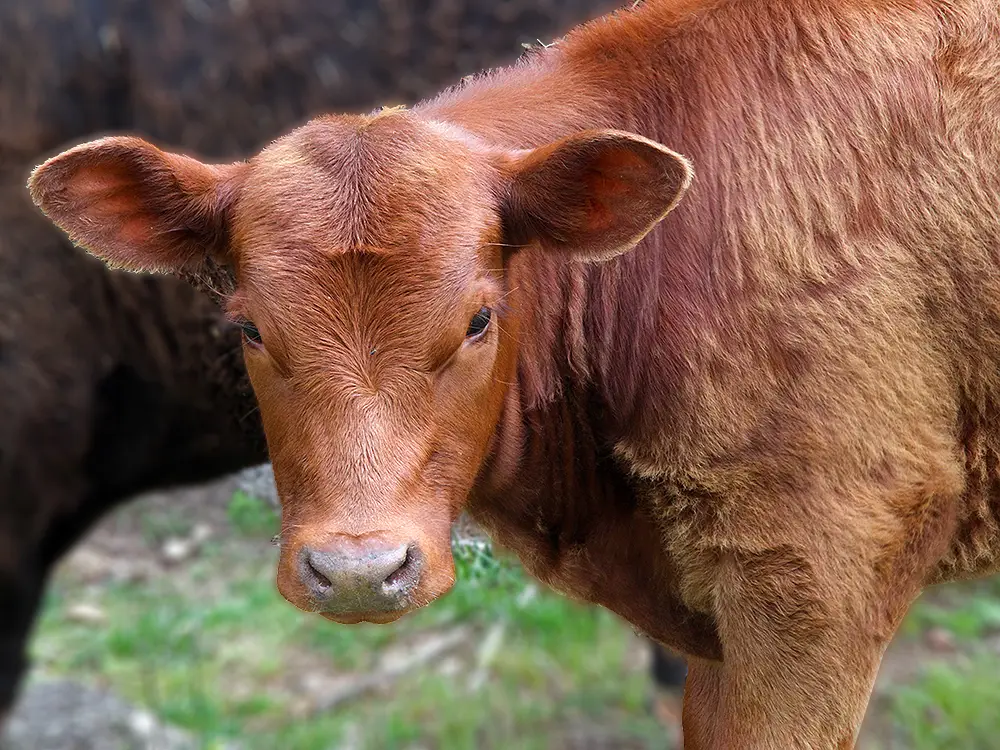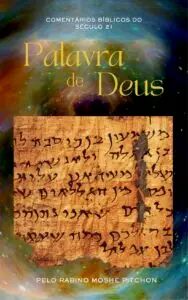Prophets, court scribes, wise men and women, poets, and priests each understood the divine will somewhat differently. Their different understandings are what one finds in the pages of the Hebrew Scriptures, the TaNaKh.
In the priestly conception, the world, in God’s sight, was divided into clean and unclean, holy and secular, and blessing and curse. These realms have boundaries, and for the system to work harmoniously, they don’t have to be crossed.
For these priests, the unclean was what was most displeasing to God. Most importantly, the unclean had to be kept away from the Holy Ark in the desert and later on in the Temple in Jerusalem.
Objects or persons that had become unclean, however, could have their cleanliness restored by a ritual of purification.
No uncleanness was more serious than the one that resulted from contact with the dead (with the exception of leprosy in the cases where it was incurable). Therefore, a person that had contact with the dead was required not only to undergo a ritual with purificatory water—as it was usually the procedure—but one with a special purificatory water.
All Jews were considered impure because they had been in contact with the dead, either directly or with others who had been in such contact. Consequently, no one who had not been sprinkled with the special purificatory water could enter the Temple.
Chapter 19 of the fourth book of the Torah, the book of Numbers, is devoted primarily to the preparation of the water to be used in purifying persons and objects that had been contaminated by the dead before they could enter the Temple.
According to the Scriptural text” a red cow, faultless, wherein is no blemish, and upon which never came a yoke,” is to be slaughtered, and its body burned entirely to ash. The ashes are then mixed with living water.
Such an animal is very rare since, according to Jewish religious law, just three hairs of another color, white or black, are enough to disqualify it for use.
Moses Maimonides in the twelfth century, reviewing early rabbinic texts that noted that only nine cows in history have fit the Book of Numbers’ requirements for sacrificing as a “red cow,” adds:
"... and the tenth red cow will be accomplished by the king, the Messiah."
By adding that the tenth cow will arrive in the time of the Messiah, he opened a completely new course in Jewish religious thought, one whose effects are being felt today.
On the website of an organization in Israel that exists for the purpose of rebuilding the Temple in Jerusalem, one reads
With this amazing statement, Maimonides recounts an ancient tradition—that the tenth red cow is associated with the Messianic era. If there has been no red cow for the past 2,000 years, perhaps it is because the time was not right; Israel was far from being ready. But now… what could it mean for the times we live in to have the means for purification so close at hand? (http://templeinstitute.org/red_heifer/tenth_red_heifer.htm)”
In his book “The End of Days. Fundamentalism and the Struggle for the Temple Mount,” American-born Israeli historian and journalist Gershom Gorenberg writes about the association between the Reverend Clyde Lott of Canton, Mississippi, and orthodox Rabbi Chaim Richman of the Temple Institute to develop a red cattle program for Israel.
“In the spring of 1998, Canaan Land Restoration of Israel, Inc., a nonprofit body dedicated to bringing cattle to Israel, was established, with pastors scattered from California to Pennsylvania as officers and advisory board members. The Reverend Clyde Lott appeared at churches, raising funds, and on Christian TV. A fundraising letter exhorted, “Remember, Gen. 12:2-3: ‘I will bless those who bless you, and whoever curses you, I will curse’”—a verse often cited by evangelicals as a reason to support Israel—and expressed thanks for “this opportunity to share a portion of this monumental work that the God of Abraham, Isaac, and Jacob is doing at the hands of these simple men of faith in these last days.”
Scholars of all stripes agree that this rite certainly originated in pagan practice and must have been originally a magic rite.
Rabbi Jacob Milgrom, one of the most respected Jewish biblical scholars of his generation, explained what seems to have been the real objective of this practice.
“The purification of the corpse-contaminated person with the lustral ashes of the red cow (Numbers 19) can also claim pride of place among Israel’s victories over pagan beliefs. The hitherto demonic impurity of the corpse has been devitalized, first by denying its autonomous power to pollute the sanctuary and then by denying that the corpse-contaminated person must be banished from his community during his purification period.”
If his analysis is correct, current beliefs are regressions to the kind of supernatural beliefs that the Torah was gradually trying to overcome.


